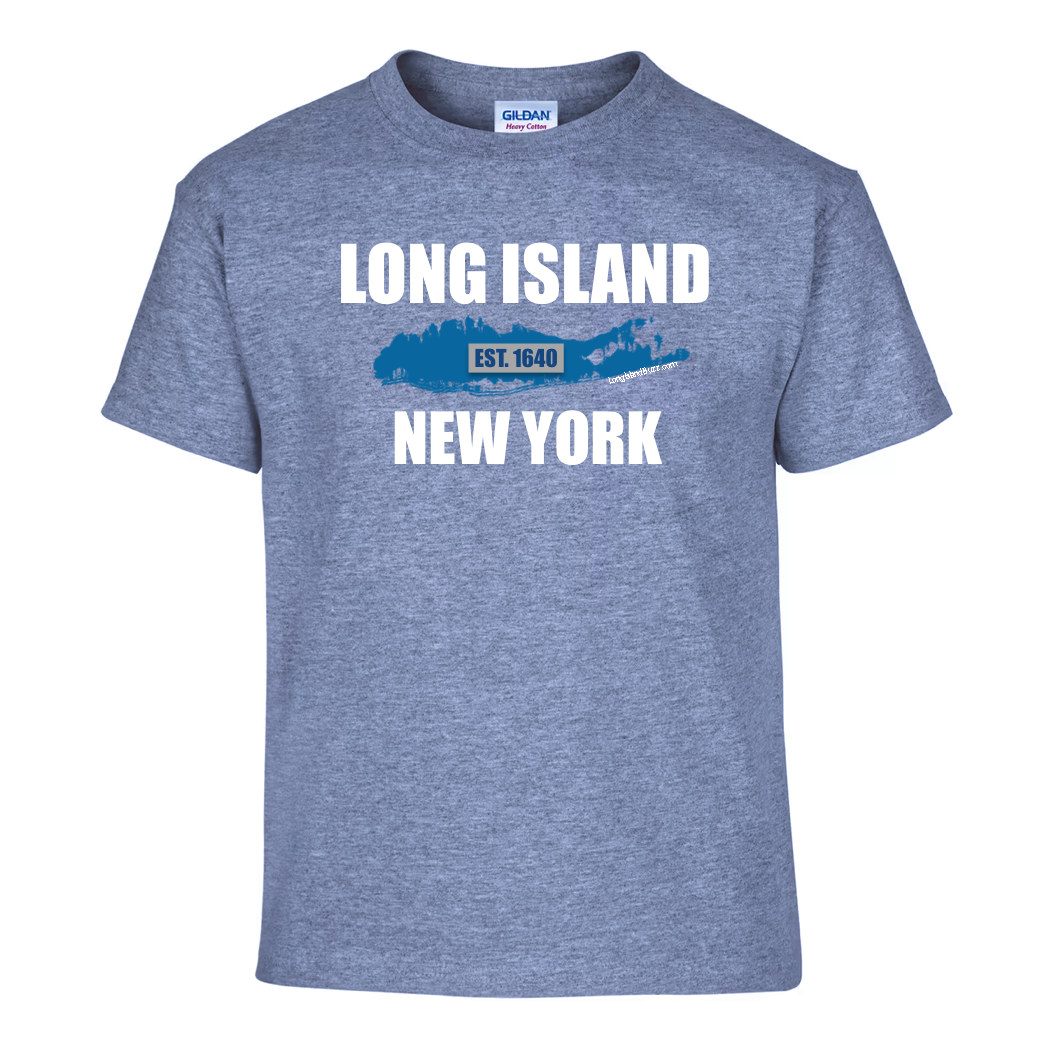
Long Island’s early history dates back to the 17th century when European settlers began to establish communities. Here’s what we know about Long Island around 1640:
Native American Inhabitants
Before European settlement, Long Island was inhabited by various Native American tribes, including the Montaukett, Shinnecock, and Lenape. These tribes had established societies with their own customs, agriculture, and trade networks.
European Settlement
In 1640, the first European settlers, primarily English Puritans from Massachusetts, arrived on Long Island. They initially settled in the area that is now Southold, on the North Fork of Long Island. This was one of the first English settlements in the region.
The Dutch Influence
During this period, Long Island was part of the Dutch colony of New Netherland. The Dutch established several settlements, including Breuckelen (Brooklyn) and Vlissingen (Flushing). The competition between English and Dutch settlers eventually led to conflicts over control of the land.
Establishment of Southold
The settlement of Southold was established by Reverend John Youngs and a group of Puritans. They were granted permission by the New Haven Colony to settle and expand. This marked the beginning of permanent English settlements on Long Island.
Land Transactions
The 1640s saw various land transactions and treaties between European settlers and Native American tribes. These agreements often led to the displacement of Native Americans and the expansion of European settlements.
Agriculture and Economy
Early settlers relied heavily on agriculture, fishing, and trade. The fertile land and access to the Atlantic Ocean and Long Island Sound provided ample resources for farming and maritime activities.
Governance and Society
The settlers brought with them their customs, laws, and religious practices. The communities were generally small, tightly-knit, and governed by town meetings and local leaders.
Cultural Impact
The arrival of European settlers significantly impacted the Native American populations, leading to cultural exchanges, conflicts, and eventual displacement of many indigenous communities.
Key Figures
- Reverend John Youngs: A key leader in the establishment of Southold.
- Peter Stuyvesant: The Dutch governor of New Netherland who played a significant role in the region’s administration during this period.
The year 1640 marks a significant point in Long Island’s history with the establishment of its first European settlements. This period laid the foundation for the island’s development and its complex interactions between Native American inhabitants and European settlers.
For more detailed information about Long Island’s early history, you can refer to sources such as local historical societies, archives, and dedicated history books on the subject.






